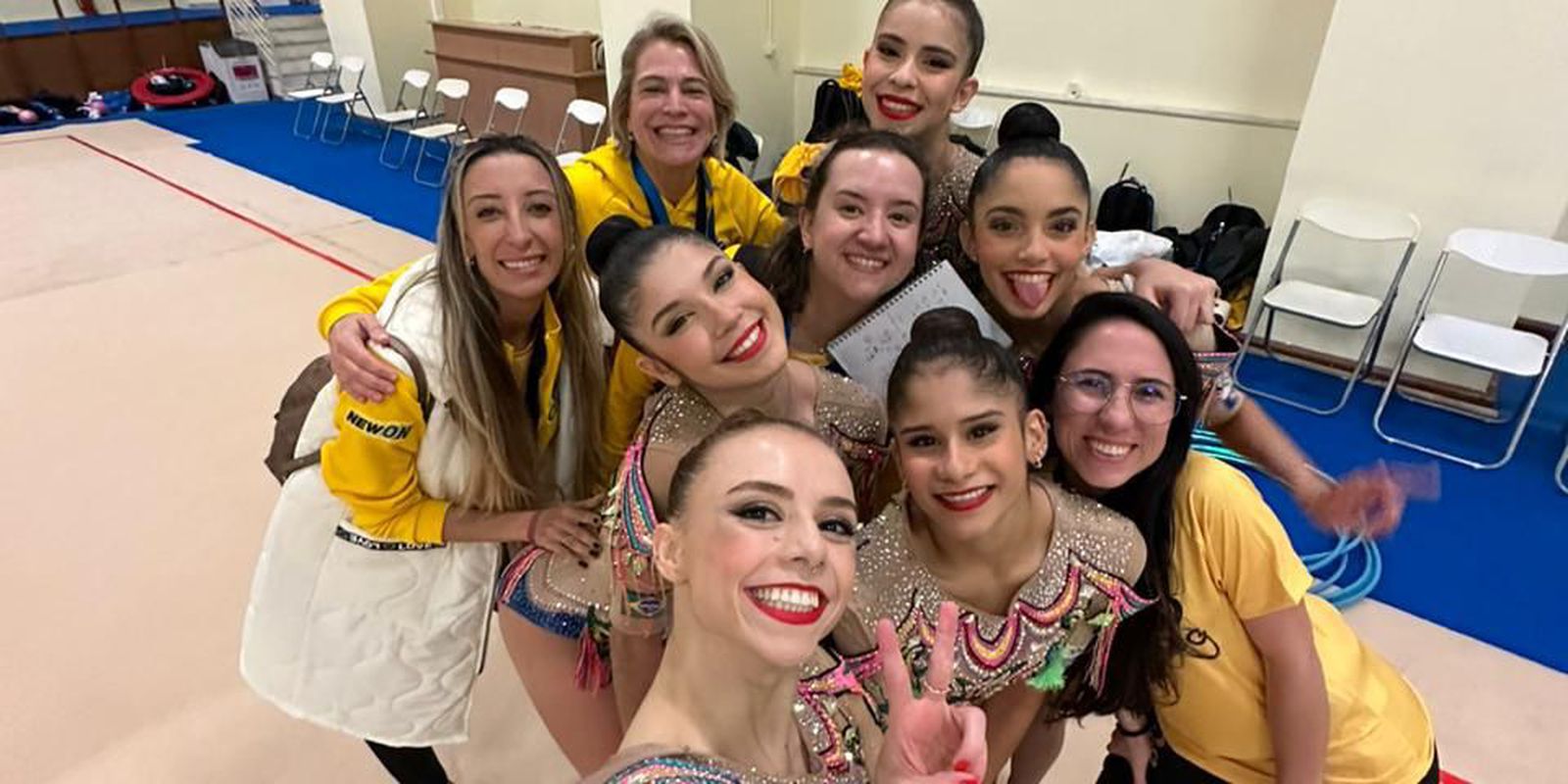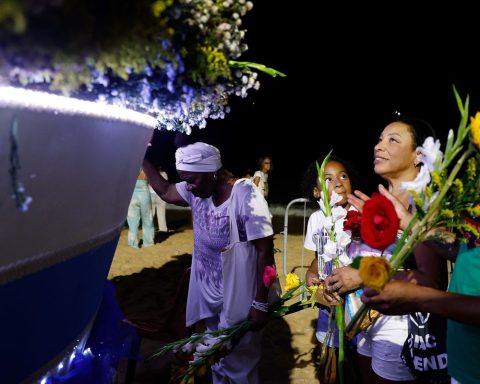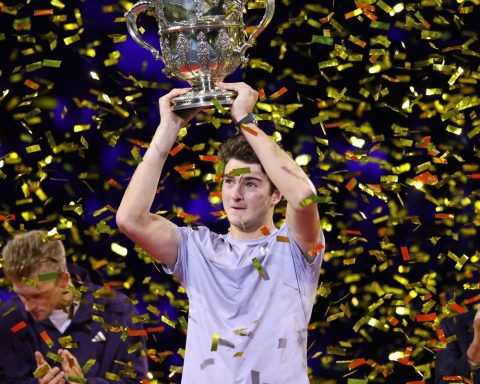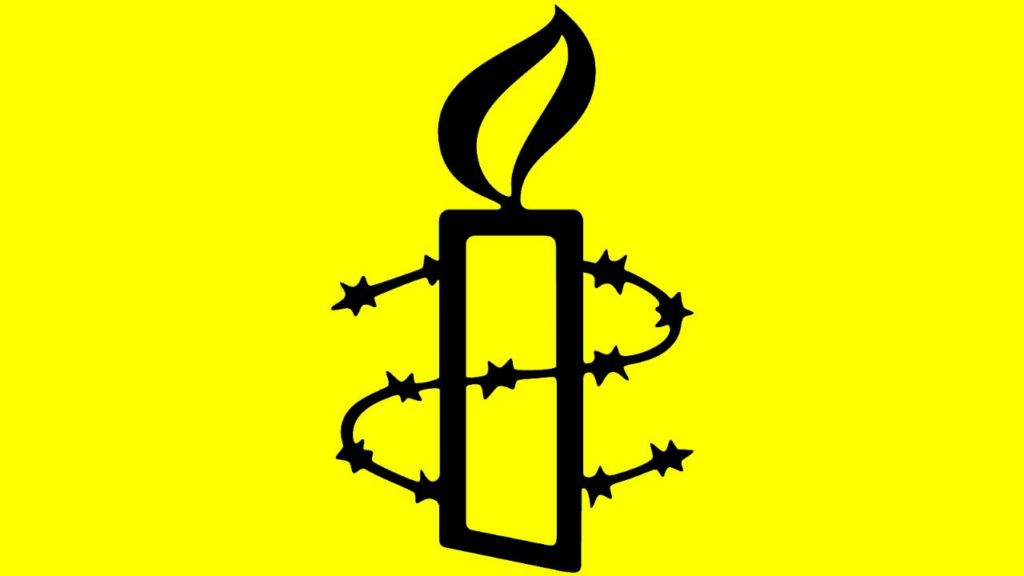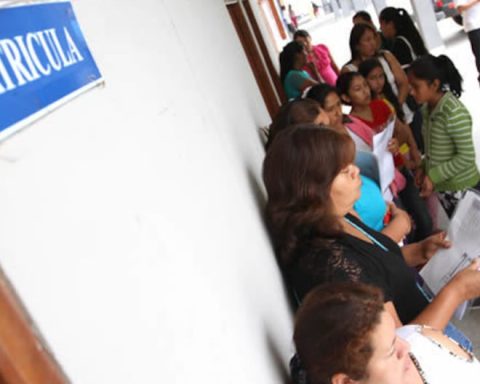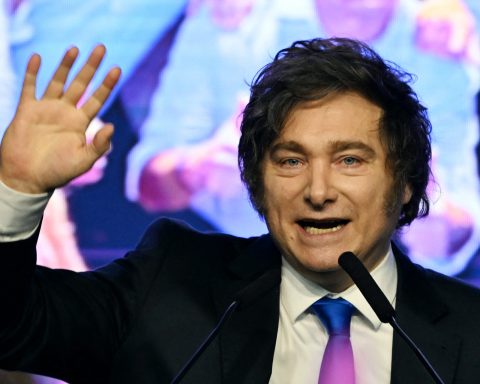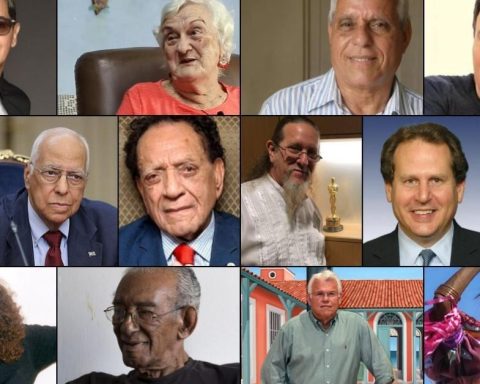This Friday (31st), the Brazilian rhythmic gymnastics team starts to compete in another stage of the World Cup of the modality, this time in Sofia (Bulgaria). The team will appear more and more comfortable in its new skin: that of one of the main sports forces on the planet. Confidence comes from recent results. The last time it participated in a stage, 13 days ago in Athens (Greece), the team made history: it ended with bronze overall (which unites the marks of the single and mixed series), something unprecedented for the country. The Brazilian quintet was formed by Giovana Silva, Maria Eduarda Arakaki, Nicole Pírcio, Sofia Madeira and Victoria Borges. In command, coach Camila Ferezin exudes optimism when designing the team’s future. “Our work is at the level of winning an Olympic medal, yes. We are going to work for that”, said Ferezin in an interview with Brazil Agency.
The podium continued the growth shown in 2022, when Brazil was fifth in the World Cup (curiously also played in Sofia) in the overall sum of the scores. Previously, the group reached the third best score in the mixed series in the Pesaro (Italy) stage of the World Cup. The signs were already there.
Camila Ferezin said she can clearly identify the turning point for the team. “During the pandemic, in 2020, we stayed in Sangalhos for two months [Portugal], on a COB training mission, along with artistic gymnastics. I think it was very important in this process for the girls. They could live with the [Arthur] Zanetti, Rebecca [Andrade]Flavinha [Flávia Saraiva], who are medalists. It made a big difference in their lives. See what is possible. It made them believe. It was a turning point,” she said. The team finished 12th at the Tokyo Games, held in August 2021, and from then on it took off.
In group rhythmic gymnastics, each country performs in two series: the simple one, in which the five athletes use the same instrument, and the mixed one, in which they are divided between two other instruments. With each Olympic cycle, the distribution changes. In this, for example, the simple series is formed by five arcs. Mixed, for two balls and three ribbons. The conquest in Greece had a greater weight because it happened precisely in the sum of the two notes. At the Olympic Games, only the general classification counts for medals.
Additionally, it was the debut of new choreography in the five-arc series. For the first time, Ferezin used a version of the hit I wanna dance with somebody, by Whitney Houston, with Brazilian touches. The result was the second best score in the series, which ended up raising Brazil to the podium in general.
“This year we already have the choreographies we are going to use to compete in 2024. The Olympics are in the middle of next year, so we don’t have much time to change the two series. We chose to change one of the choreographies for this year and after winning the Olympic vacancy we will change the other choreography [da série mista]. It was a strategy, a tactic to bring something new this year and another for the Olympic Games. It worked out very well. The judges and the public always expect and even ask for that Brazilian rhythm and comment when it doesn’t exist. We put on a song that is very well known internationally, but a Brazilian version, with elements of samba and funk. The fit was perfect”, said the technician, excited.
The ? of the Brazilian GR team in Athens ?? was…
The 1st medal of a non-European and Asian country in the overall set at World Cup stages
Are you aware of the fact? ???
(Via @gymwikipedian)
? @cbginastica pic.twitter.com/HiCZQuh3cb
— Team Brazil (@timebrasil) March 18, 2023
Check out the full interview:
Brazil Agency: In your opinion, what best explains the recent good results of the selection?
Camila Ferezin: I believe it was the result of long-term work started after the Rio Games cycle, in 2016. When we assembled the team for the new cycle, in 2017, we brought these girls in when they were still very young and inexperienced. We qualified for Tokyo, we were the youngest set of those there. I think the big difference for this current cycle was having maintained the base. They train together (at the CBG Training Center) in Aracaju, they live together. This second cycle made total difference. We were able to do this for the first time because they started very young. I’ve been with the national team for 12 years and this has never happened before. They are more mature. Of course, it’s not 100% the same group, but most of them are.
Brazil Agency: What to expect going forward?
Camila Ferezin: Arrive, we arrived. We are very happy with the results showing up. Now we need to maintain and achieve even more. We have another stage of the World Cup. At first, we didn’t think we’d get a medal overall, it was a surprise for us. We work for them to arrive well.
In reality, we are just starting our season. Our main goal is only in August, at the World Championship (in Valencia, Spain). We have the goal of qualifying the country for the Paris Games. It would be unheard of to achieve that at the Worlds. Then we have a second chance, which is at the Pan American Games in Santiago, in October and November. We are very focused. The girls abdicated the vacation. Since October 2022, when the last World Cup ended, we have been thinking about that year and working.
Brazil Agency: And this stage in Bulgaria specifically? How important is the calendar?
Camila Ferezin: In gymnastics there is a lot of training, but when it involves the public, refereeing, the emotional part has to be worked on. We are building this experience, feeling more comfortable, improving the choreography and increasing the score as we participate in the stages. In the past, we did not have the resources to participate in all these stages. When I was a gymnast, I participated in one and was already going to the Worlds. Today they have this opportunity and with that they arrive more prepared.
Brazil Agency: Inevitable to touch on the subject of the Paris Olympics. Each new good result increases the optimism, at least of the public, of a medal. Is it real for you too?
Camila Ferezin: Since finishing fifth at the Worlds last year, we are motivated and aware of the work needed to get where we want to be. We are indeed among the best in the world. We climbed several levels. Bronze is proof of that. The plan is to be among the best at each stage of the World Cup, get the choreography right, increase our grade to get our spot. These are our goals, to continue among the best and pinch those medals. At the Olympics, we’ll be flying. Let’s fight, yes. There are very good and traditional countries. But there, at competition time, two and a half minutes define everything.
Brazil Agency: You spoke about everything that was built in the time the girls spent and still spend in Aracaju. From the outside, it looks like a big sacrifice in the name of a career. As a trainer, how do you do this responsibly?
Camila Ferezin: It’s not easy for a young athlete to have to leave her family and friends and move away from them. We try to invite gymnasts who are over 18 years old so that this process is not so difficult. In theory, they have more maturity to adapt. We usually bring the gymnast, she stays in Aracaju for a month, she receives an invitation for this adaptation phase.
When she manages to adapt, and we have that confidence that everything will be fine and that’s exactly what she wants, we make the appointment. We also have psychologists who help us identify whether they have the maturity to deal with this: living far away, maintaining a training routine. We don’t want them to stay there suffering. Sometimes we call the father or mother to stay with the daughter for a week to help with this. And they adapt.
This is the case with our group here in Bulgaria. They have been living in Aracaju for five years, they were very young, 16, 17 years old, today they are 21 or 22. It is an adaptation that is not easy, but they are choices. These girls want a lot.
Brazil Agency: You yourself, when you took over in 2011, had to change your life and leave Londrina. Worth it?
Camila Ferezin: I love what I do. I like being inside the gym, teaching, looking for better results. When I took over, the selection was the 26th in the world. I arrived at the CBG and COB meetings and they asked me what the goal was. I said: the goal is to put Brazil in the top 5. They looked at me as if they were saying: it’s a utopia, because it’s a difficult modality, with no tradition in the country.
I formed my team with professionals who are doctors, work within universities and bring science to our work. After 12 years, placing the country among the top five in the world was a personal achievement. Along the way, I was always looking ahead: we worked and trained for years and years together, we perfected ourselves, I came right here to Bulgaria to do a training internship. It all made it so worth it.
I’ve been involved in rhythmic gymnastics since I was eight years old. Today I’m 45. I went through all the stages: gymnast, national team gymnast, team gymnast, individual gymnast, assistant coach, coach. My training also helped a lot with the experience to get where we are now. It’s a whole life dedicated to this and we’re going to keep working to improve even more.
Brazil Agency: How to ensure that current success is sustainable? In gymnastics, the career starts very early and ends very early.
Camila Ferezin: The average age of this group is 19, 20 years old. At the end of the cycle, some intend to continue, others will end their careers. We have another group that works with us. We call them groups 1 and 2. Group 1 is the starter, which is here in Bulgaria, and group 2 is the reserve, which is currently in Aracaju in training. In this group 2 are younger gymnasts who will replace those who leave at the end of the cycle. It’s a mixture of older gymnasts and younger ones, and we make this transition from one cycle to the next.
In gymnastics, girls start very early, between five and eight years old. With each result we achieve, the repercussions at the national level increase and, consequently, more children join the sport. Incredible as it may seem, according to the Brazilian Gymnastics Confederation, today the most practiced modality is precisely the rhythmic one. Our competitions are full. We had to create tryouts, because there were many gymnasts, there were several days of competition and it became tiring. CBG created these strategies to cover so many gymnasts and develop the sport in the country, also focusing on qualifying coaches. This will improve the level, the gymnasts will arrive more experienced in the national team, from there will come the results and the stimulus for more people to come to rhythmic gymnastics.
